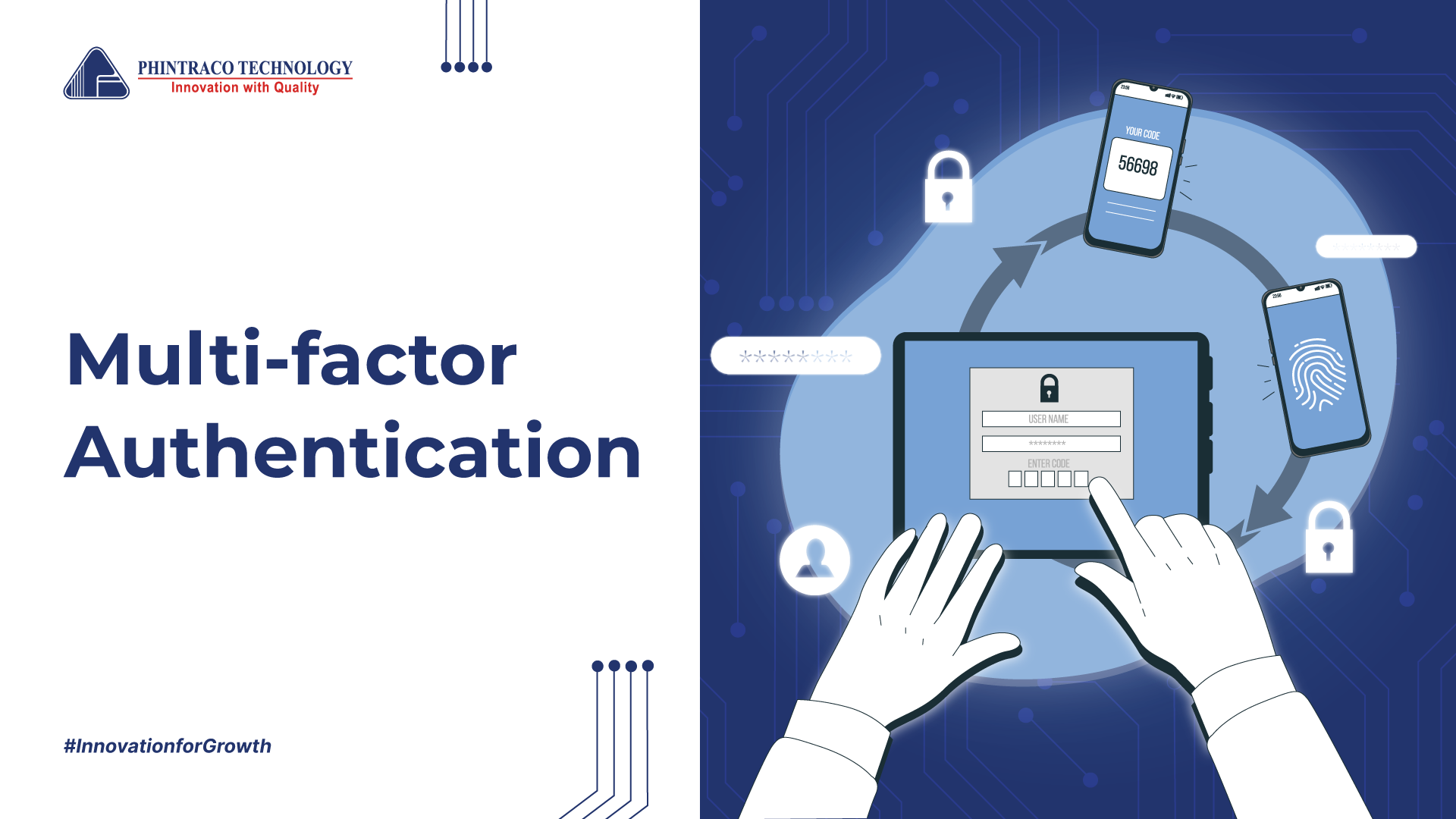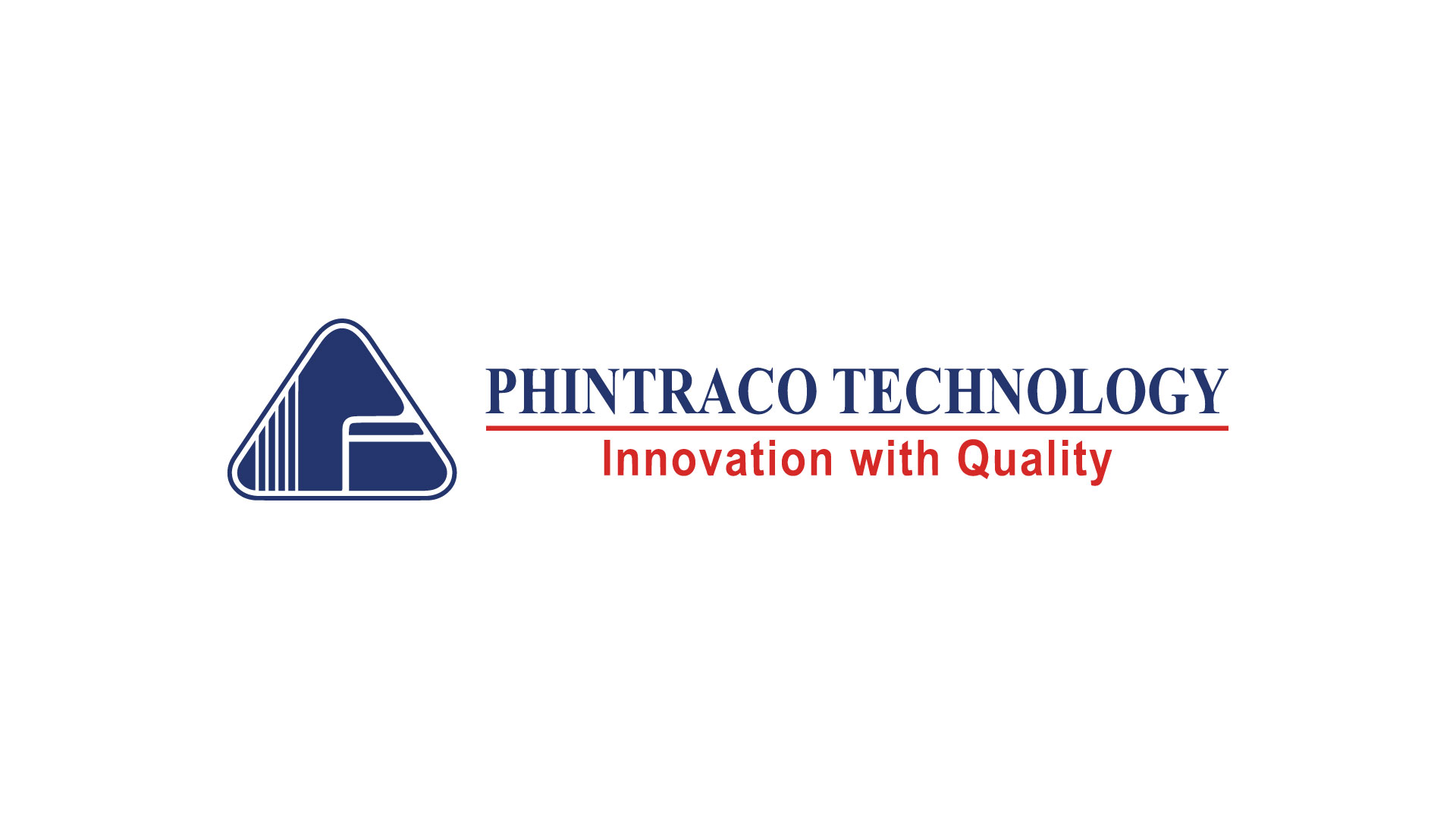Multi-factor Authentication: Teknologi Terobosan di Keamanan Digital

Multi-factor Authentication: Teknologi Terobosan di Keamanan Digital
Teknologi yang semakin modern tiap harinya membuat penjahat dunia maya terus mencari cara baru untuk mengakses akun agar bisa mengeksploitasi informasi sensitif di dalamnya. Dengan keamanan yang lemah, peretas dapat dengan mudah mendapatkan akses ke akun. Berhubungan dengan hal ini, perusahaan perlu melakukan berbagai cara untuk melindungi berbagai informasi sensitif serta mengurangi risiko serangan siber. Salah satu hal yang bisa dilakukan adalah menggunakan multi-factor authentication sebagai strategi pengamanan akses ke akun. Namun, apakah Anda tahu apa itu MFA? Mari ketahui informasi selengkapnya tentang autentikasi multi-faktor lewat artikel ini!
Apa yang Dimaksud Dengan Multi-factor Authentication (MFA)?
Multi factor Authentication adalah teknologi yang digunakan untuk mengamankan akses pengguna sebelum mendapatkan akses ke situs web, aplikasi seluler, atau platform online lainnya dengan melakukan beberapa metode verifikasi identitas. Setidaknya ada dua elemen verifikasi yang berbeda digunakan untuk membuat identifikasi pengguna. MFA menciptakan perlindungan serta pertahanan berlapis untuk mempersulit peretas mengakses informasi akun. Jika penjahat dunia maya berhasil mengungkap satu lapisan kata sandi, mereka harus melewati setidaknya satu atau dua tingkat lebih lanjut.
Bagaimana Cara Kerja MFA?
Multi-factor Authentication menggunakan beberapa teknologi untuk mengautentikasi dan memvalidasi identitas pengguna sebelum masuk ke akun. Sebaliknya, autentikasi single factor menggunakan teknologi tunggal untuk membuktikan keaslian pengguna. Dengan MFA, pengguna harus menggabungkan teknologi verifikasi dari setidaknya dua grup atau faktor autentikasi yang berbeda. Faktor-faktor ini terbagi dalam 3 kategori, yaitu sesuatu yang Anda ketahui, sesuatu yang Anda miliki, dan sesuatu tentang diri Anda.
Apa Faktor Otentikasi Utama yang Digunakan Dalam MFA?
Dalam multi factor authentication app, kombinasi dari dua faktor atau lebih meningkatkan keamanan akses ke sistem dan data karena mengharuskan pengguna untuk melalui lebih dari satu langkah verifikasi identitas. Dengan melewati lebih dari satu faktor autentikasi, serangan yang hanya mengandalkan satu faktor saja akan menjadi sulit dilakukan. Berikut adalah beberapa faktor autentikasi utama yang digunakan dalam metode otentikasi ini:
Knowledge
Faktor ini berkaitan dengan sesuatu yang Anda tahu, seperti kata sandi, PIN, passphrase, atau sejumlah pertanyaan dan jawaban yang hanya diketahui oleh pemilik akun. Saat menggunakan faktor knowledge untuk MFA, end user harus memasukkan dengan benar detail pencocokan informasi yang sebelumnya disimpan dalam aplikasi online.
Possession
Faktor kepemilikan ini melibatkan penggunaan objek fisik yang dimiliki pengguna sebagai alat autentikasi. Sebelum smartphone populer, pengguna membawa token atau kartu pintar yang menghasilkan kata sandi atau kode one time password (OTP) agar dapat dimasukkan ke dalam aplikasi online. Saat ini, sebagian besar pengguna memasang aplikasi authenticator di ponsel mereka untuk menghasilkan kode keamanan OTP.
Inherence
Faktor inherence melibatkan penggunaan karakteristik fisik atau biometrik yang sulit untuk ditiru atau direproduksi. Data biometrik seseorang mencakup sidik jari, pemindaian retina, pengenalan wajah, dan pengenalan suara hingga perilaku (seperti seberapa cepat orang tersebut mengetik atau mengusap layar).
Apa Saja Jenis-jenis Teknologi Multi-Factor Authentication?
Pilihan teknologi MFA yang tepat tergantung pada kebutuhan keamanan dan preferensi organisasi atau layanan yang digunakan. Beberapa organisasi juga dapat menggunakan kombinasi dari beberapa teknologi multi factor authentication tools untuk meningkatkan keamanan akses mereka. Berikut adalah jenis-jenis teknologi yang sering digunakan pada MFA:
Autentikasi Software
Autentikasi software merupakan salah satu faktor autentikasi yang dimiliki oleh pengguna, yang mengubah ponsel pengguna menjadi alat autentikasi. Akibatnya, notifikasi autentikasi hanya dikirimkan pada ponsel yang terdaftar.
Autentikasi Seluler
Berfungsi mirip dengan software autentikasi, namun autentikator seluler hanya digunakan untuk keperluan perusahaan. Memudahkan karyawan untuk mengakses aplikasi penting yang memiliki data sensitif. Autentikator seluler akan diterapkan pada perangkat seluler untuk mengakses aplikasi penting di laptop karyawan atau jaringan perusahaan.
Pengiriman SMS
Jenis autentikasi ini seperti SMS OTP, yaitu sama-sama mengirimkan kode unik untuk masuk ke akun. Jika pengguna ingin mengakses akun, maka akan ada SMS OTP yang dikirimkan ke nomor pengguna, dan pengguna kemudian memasukkan kode yang terdapat pada SMS tersebut ke dalam akun.
Autentikasi Hardware
Jenis autentikasi ini menggunakan hardware terpisah seperti card reader, USB, token, dan lainnya. Hardware autentikasi adalah perangkat fisik kecil dan mudah digunakan yang dibawa pemilik untuk mengotorisasi akses ke layanan jaringan. Dengan mendukung autentikasi yang kuat lewat kode one-time password (OTP), token fisik memberikan keamanan yang ditingkatkan untuk bank dan penyedia aplikasi yang perlu mengamankan berbagai aplikasi dengan satu perangkat.
Autentikasi Biometrik
Teknologi biometrik adalah bentuk autentikasi yang mengautentikasi pengguna secara akurat dan aman melalui perangkat seluler mereka. Jenis biometrik yang paling umum adalah pemindaian sidik jari dan pengenalan wajah. Autentikasi biometrik memberikan lapisan keamanan tak terlihat dengan mengautentikasi individu secara terus-menerus berdasarkan cara unik mereka berinteraksi pada komputer atau perangkat seluler mereka.
Push Notification
Push notification akan mengirimkan kode autentikasi atau kode one-time password di perangkat seluler pengguna. Tidak seperti SMS, notifikasi hanya muncul di lockscreen perangkat. Saat pengguna masuk, akun akan muncul di notifikasi layar ponsel, dan pengguna lalu menyelesaikan prosedur autentikasi di ponsel mereka.
Cronto
Cronto adalah tampilan visual seperti kode QR yang akan muncul di layar PC. Pengguna perlu memindai dengan ponsel untuk menyelesaikan proses autentikasi. Kode seperti QR berwarna ini mengautentikasi atau mengotorisasi transaksi keuangan, hanya perangkat terdaftar milik pengguna yang dapat membaca dan mendekripsi kode.
Mengapa Multi-Factor Authentication Penting?
Metode MFA yang dirancang dan diimplementasikan dengan benar lebih efektif melawan serangan canggih ketimbang autentikasi nama pengguna dan kata sandi faktor tunggal, yang dapat di kompromikan oleh peretas melalui alat yang tersedia secara luas. Berikut adalah beberapa alasan mengapa multi-factor authentication penting:
Meningkatkan Keamanan
MFA adalah metode yang menawarkan lapisan keamanan tambahan dengan meminta lebih dari satu faktor autentikasi, seperti OTP, token fisik, atau biometrik. MFA dapat meningkatkan keamanan kata sandi dengan meminta pengguna melewati beberapa langkah autentikasi setelah memasukkan kata sandi, sehingga akun menjadi lebih aman dari sebelumnya.
Memenuhi Compliance
Dengan mengimplementasikan MFA, perusahaan dapat memenuhi standar peraturan industri. Layanan pembayaran elektronik di beberapa negara harus memenuhi kriteria autentikasi yang ketat, sehingga kehadiran multi factor authentication providers dibutuhkan untuk memenuhi peraturan ini. Beberapa peraturan serta standar keamanan, seperti PCI DSS (Payment Card Industry Data Security Standard) dan HIPAA (Health Insurance Portability and Accountability Act), mewajibkan penggunaan MFA untuk mengamankan data dan informasi sensitif.
Meningkatkan Pengalaman Pengguna
Pengalaman login yang berbeda dari biasanya dengan multi-factor authentication mampu meningkatkan pengalaman pengguna. MFA dapat meningkatkan pengalaman pengguna dengan memberikan rasa aman, kenyamanan, serta kepercayaan dalam interaksi mereka pada layanan atau sistem. Perusahaan akan mendapatkan lebih banyak manfaat karena pengalaman pelanggan dan keamanan yang meningkat.
Implementasikan Solusi MFA Dalam Bisnis Anda Bersama Phintraco Technology
Autentikasi multifaktor mungkin hanya dilihat sebagai lapisan tambahan pada pertahanan keamanan siber, namun dampaknya lebih besar dari itu. Akun pengguna menjadi lebih aman dan perusahaan akan terhindar dari risiko serangan siber. Perusahaan Anda dapat menyempurnakan sistem autentikasi yang sudah ada bersama dengan Phintraco Technology, anak perusahaan Phintraco Group. Phintraco Technology adalah penyedia layanan solusi IT infrastruktur, salah satunya merupakan solusi teknologi multi-factor authentication.
Hubungi marketing@phintraco.com untuk informasi lebih lanjut terkait solusi multi-factor authentication.
